
Trójkąt
Designer:
Chris Narkiewicz
Project Description:
Trójkąt is a very compact speaker that can be used as a computer, bookshelf, or surround speaker. It can be oriented vertically or horizontally, the shape isn’t “tippy”, making it safer for use where there are children or pets. Although a “full range” speaker, it can be paired with a subwoofer to fill in the low bass.
Design Goals:
I wanted to build a small, full range speaker using the Vifa TC9FD, and I wanted to place it in an unusual cabinet.
Driver Selection:
264-1062 Peerless by Tymphany TC9FD18-08
Enclosure Design:
The enclosure is a sealed cabinet, roughly .10ft or 3 liters internal volume. The top of the triangle is truncated. The base is 6.5″ wide, the height is 8.5″, and the long side is 9.75″. the angles are 90 degrees, 60 degrees, and 30 degrees. Cabinet depth is 8″.
Enclosure Assembly:
The enclosure is made from .75″ plywood, as that is what I had on hand. Thinner .50″ plywood or MDF would work fine for a cabinet of this size, and allow you to build the cabinet a little smaller, or build to the same external dimensions, giving a larger internal volume.
This panels for this project were a little more difficult to cut than the usual 90 degree angles, but more quick and simple to assemble. I used normal butt joints, held together with Titebond wood glue and 23 gauge pin nails. Because of the unusual angle, I did not use clamps. Instead, I carefully aligned each joint after applying glue, and carefully pin nailed them together. The front and rear baffles were cut slightly oversize, then cut with a flush trim router bit. I cut a small chamfer on the front and rear baffles. The rear panel is removable, allowing access to the crossover. The driver hole was cut with a 3″ holesaw, and the backside of that hole chamfered so the Vifa can breathe.
The finish is satin white spray paint over a rolled on primer base, and the cabinets are stuffed with poly fill.
Crossover Design:
The Vifa TC9FD is a smooth driver, and the crossover is simple and adjustable to different rooms and personal taste. An inductor and resistor are paralleled to compensate for baffle step losses. I settled on a .75mh inductor and a 10 ohm resistor, but values between 8-12 ohms should be suitable, depending on the speakers location. The series capacitor rolls off a peak in the low end, smoothing the response, and allowing them to play louder with less distortion and excursion. I chose a 50uf value, but feel free to experiment with a higher or lower value, or no cap at all.
Tips & Tricks:
Be careful when installing binding posts that they are far enough apart. In a cabinet this small, I spaced them 1″ from each other, and the solder tabs on the posts could contact if they came loose. I bent the tabs upward, eliminating the possibility of a short.
About the Designer:
I enjoy building things, taking things apart, modifying them, and designing or re-designing things. Usually mechanical or electrical items. I have been building speakers for 10-15 years.

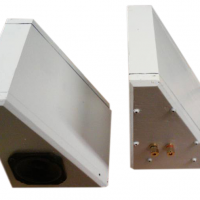
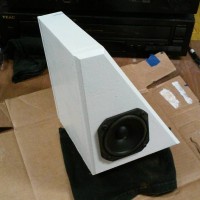
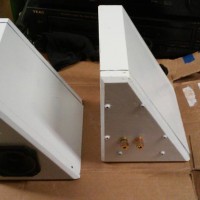
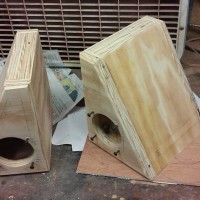
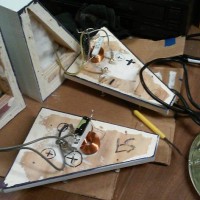
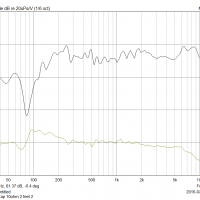
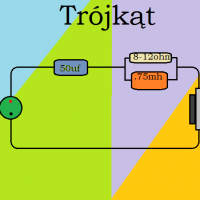
Nice build! Can this filter be used with other enclosures, as long as the internal volume is the same? Thanks!